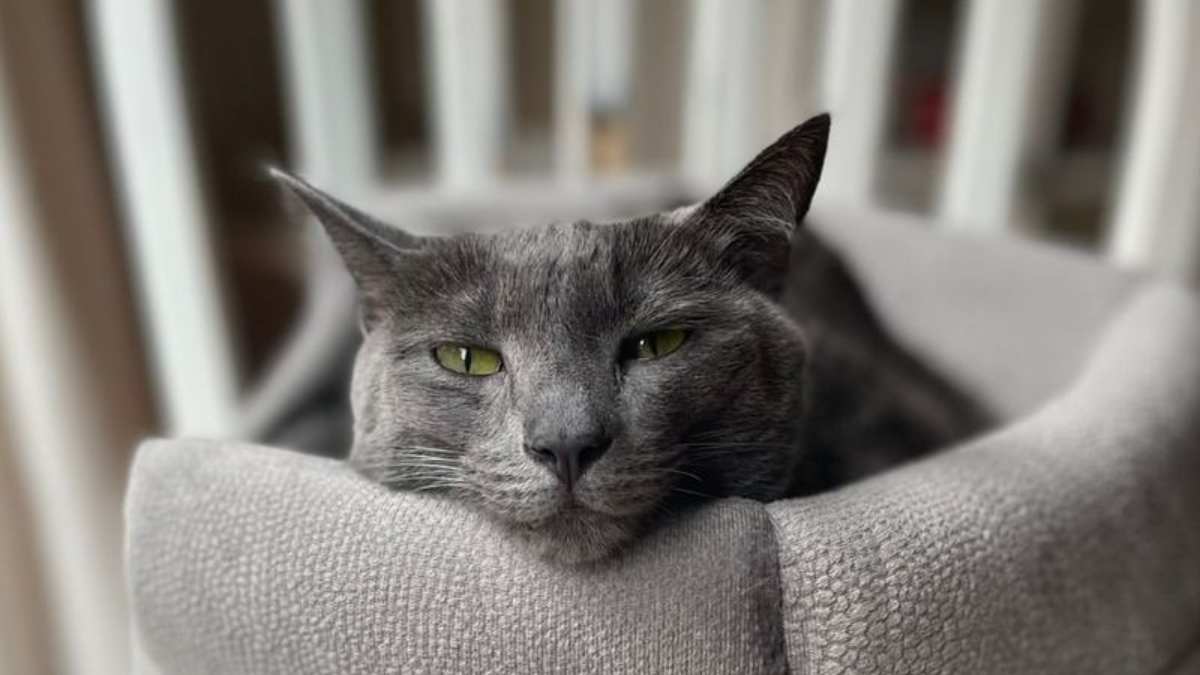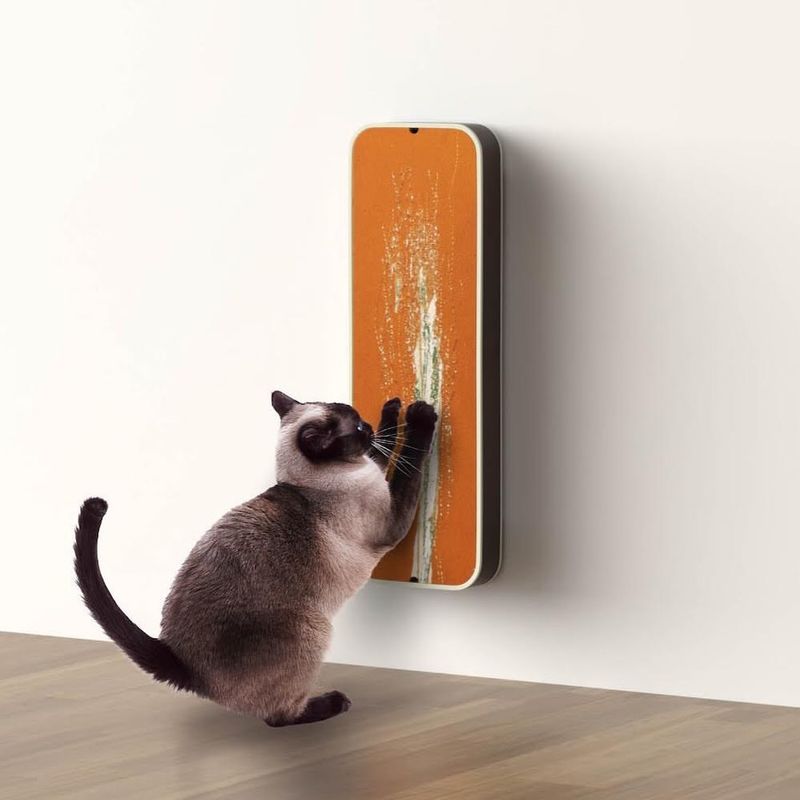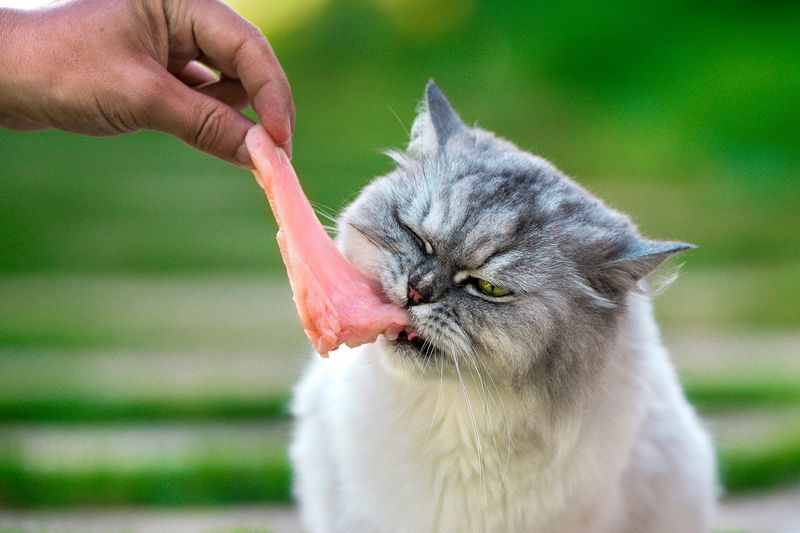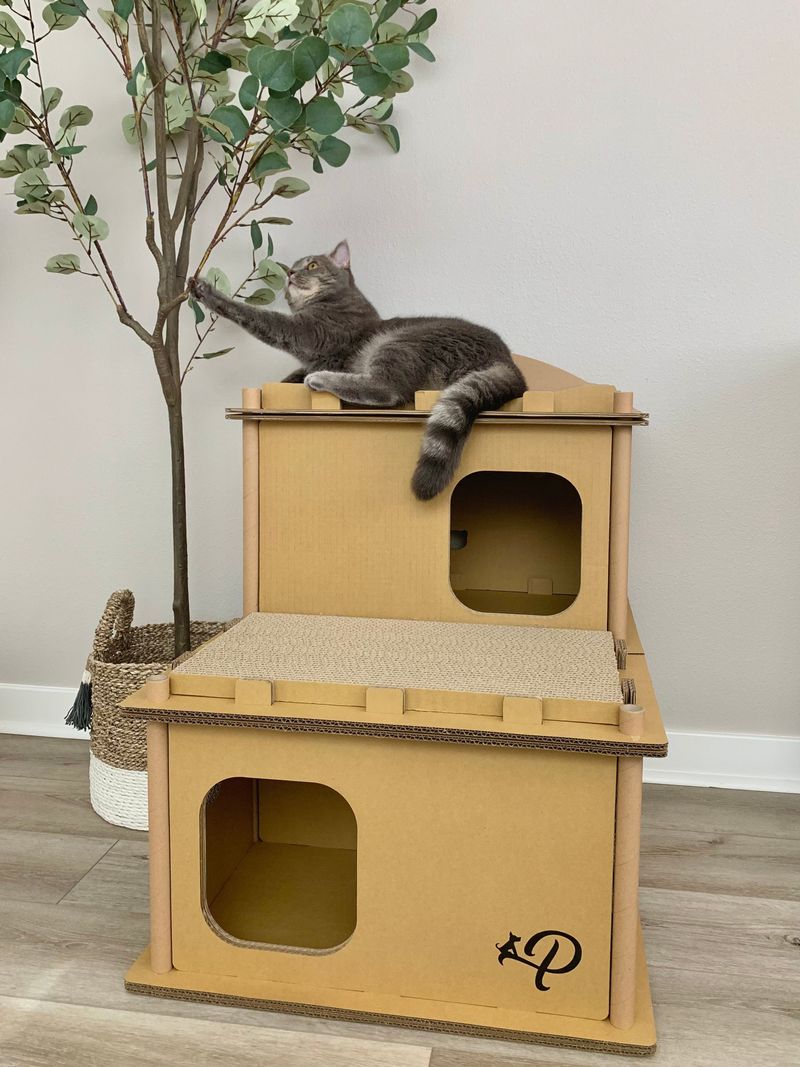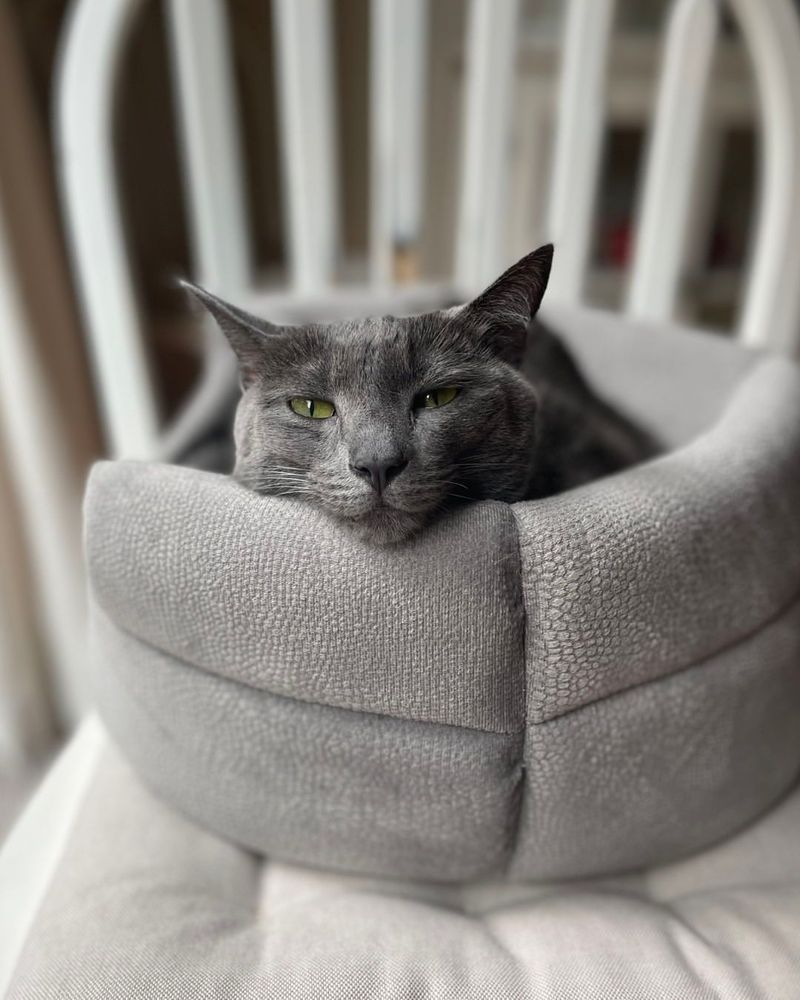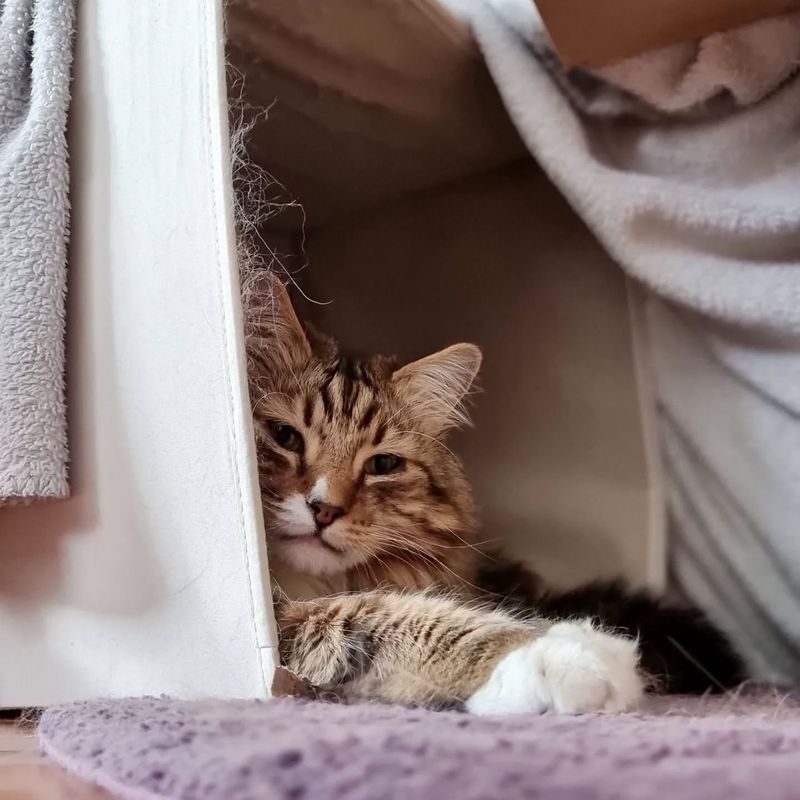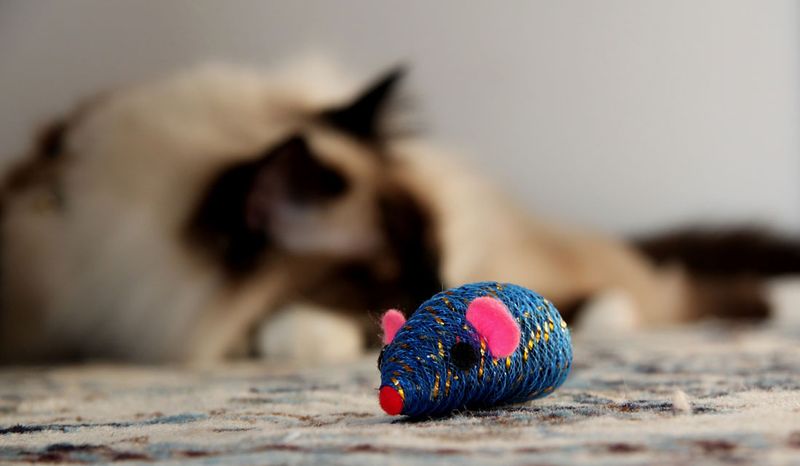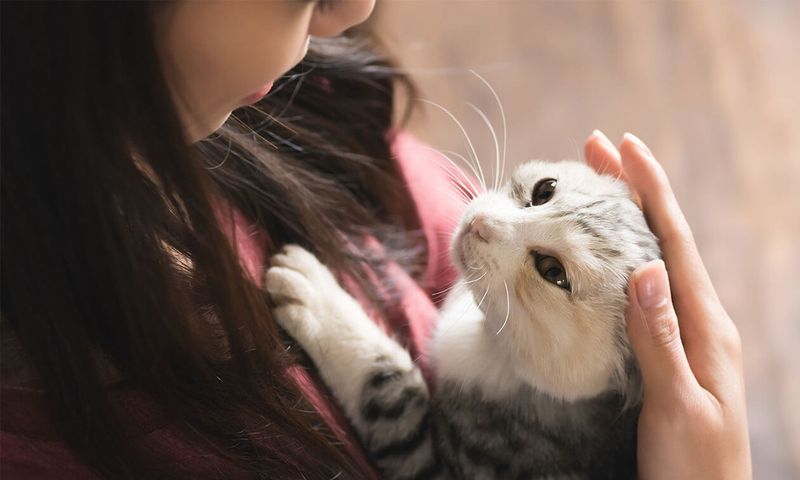📖 Table of Content:
Cats might act like the kings and queens of chill, but even the most regal feline can feel a little underwhelmed by the daily grind. Sure, they’ve got naps, sunbeam lounging, and the occasional zoomie session, but what happens when your whiskered roommate starts showing signs of boredom?
A bored cat isn’t just a menace to your furniture—it’s a cry for help. And as their trusted human, it’s your job to spice up their life.
Don’t worry; we’ve got you covered. In this guide, we’ll break down the 10 unmistakable signs your cat might be bored and, more importantly, how you can turn things around. Because a happy cat equals a happy home… and fewer shredded curtains.
1. Excessive Scratching
Cats often scratch to keep their claws sharp, but excessive scratching can indicate boredom. If your cat is turning your furniture into a scratching post, it might be a sign they’re seeking more stimulation.
Ensure your cat has access to a variety of scratching posts and pads throughout your home. Place them in areas where your cat spends a lot of time, and consider different textures to keep things interesting.
Engage with your cat using interactive toys or laser pointers to redirect their scratching behavior to more appropriate items. Providing environmental enrichment like climbing trees and shelves can also help satisfy their natural instincts.
2. Increased Sleeping
While cats are known for their love of sleep, a bored cat might sleep even more than usual to pass the time. An increase in sleeping could signal that your feline friend needs more engaging activities.
Encourage your cat to be more active by introducing new toys and rotating them regularly to maintain interest. Spend quality time playing with your cat each day, using toys that mimic prey to stimulate their hunting instincts.
Consider creating a stimulating environment by placing bird feeders outside windows or setting up a safe outdoor enclosure for your cat to explore. These activities can awaken their curiosity and reduce excessive sleeping.
3. Overeating or Undereating
Changes in eating habits, such as overeating or undereating, can be signs of boredom in cats. A bored cat might eat more for stimulation or less due to disinterest in their routine.
Monitor your cat’s eating patterns closely and consult with a veterinarian if changes persist. Introduce puzzle feeders to make mealtime more engaging and challenging, encouraging your cat to “hunt” for their food.
Establish a feeding schedule to provide structure and predictability for your cat. Engaging them in regular play sessions before meals can simulate hunting experiences, thus making mealtime more rewarding and reducing boredom.
4. Destructive Behavior
Cats can express boredom through destructive behavior, such as knocking over objects or chewing on cords. These actions may indicate they’re looking for ways to entertain themselves.
To prevent destructive behavior, increase the variety of toys available to your cat, paying special attention to toys that allow for interactive play, such as feather wands or motorized mice.
Create a cat-friendly environment by removing potential hazards and providing safe alternatives for exploration. Encourage positive behavior by praising your cat when they play with appropriate items, thus reinforcing good habits.
5. Vocalization
Excessive vocalization, such as frequent meowing or yowling, can be a cry for attention from a bored cat. If your usually quiet cat becomes more vocal, it might be time to evaluate their needs.
Spend dedicated time interacting with your cat, offering affection and play to fulfill their social needs. Creating a routine can help, as cats thrive on consistency and predictability.
Consider teaching your cat tricks or commands, which can be both intellectually stimulating and a fun bonding experience. Activities like clicker training can provide mental enrichment and reduce unwanted vocalization.
6. Lethargy
Lethargy in cats, characterized by a lack of energy or enthusiasm for activities, might be a sign of boredom. If your cat seems uninterested in play or exploration, it might be time to introduce new stimuli.
Offer a variety of toys, focusing on those that encourage active play, such as balls or toys with bells. Rotate toys to keep their interest piqued and prevent monotony.
Engage in interactive play sessions each day to encourage movement and excitement. Consider setting up a window perch for your cat, providing them with a view of the outside world to spark their interest and curiosity.
7. Hiding
If your cat is spending more time hiding than usual, it might be because they’re bored and seeking solitude. Cats need mental and physical stimulation to feel secure and fulfilled.
To address this, create opportunities for exploration and play. Set up tunnels or boxes around the home to encourage your cat to come out and explore.
Introduce new toys or activities like treat-dispensing puzzles to challenge your cat’s mind and reduce their desire to retreat. Providing a balanced mix of social interaction and alone time can also help your cat feel more comfortable and engaged.
8. Lack of Interest in Toys
Ever notice your cat yawning at its once-favorite toys? This might be a sign of boredom. A cat that is uninterested in play may simply be tired of the same routine. They might lazily bat at a toy before settling down for a nap.
To rekindle their interest, regularly rotate toys to keep things fresh and engaging. Try introducing interactive toys like laser pointers or feather wands.
Providing a variety of textures and shapes can stimulate their curiosity. Cats enjoy surprises, so mix it up and watch their playful side emerge once more.
9. Aggression or Irritability
A normally calm cat turning aggressive might be telling you something. Irritability can be a sign of boredom, leading to unexpected swipes at people or other pets. Your feline might stalk around the house or pounce unexpectedly.
By providing mental and physical stimulation, you can help reduce this behavior. Incorporate puzzle feeders that challenge their minds during mealtime.
Interactive play sessions can also help burn off excess energy. Consider setting up a window perch, allowing them to watch birds or squirrels outside. These activities can transform irritability into contentment.
10. Unusual Attention-Seeking Behavior
Is your cat suddenly more vocal or clingy than usual? Cats often seek attention when they feel bored. They might follow you around, meowing persistently, or paw at you for affection.
To address this, dedicate time each day for one-on-one interaction with your cat. It can be as simple as a cuddle session or a game of chase.
Enrich their environment with climbing trees or scratching posts. These additions can keep them entertained and satisfy their need for activity. A well-stimulated cat is a happy cat, reducing their need to seek constant attention.
